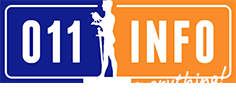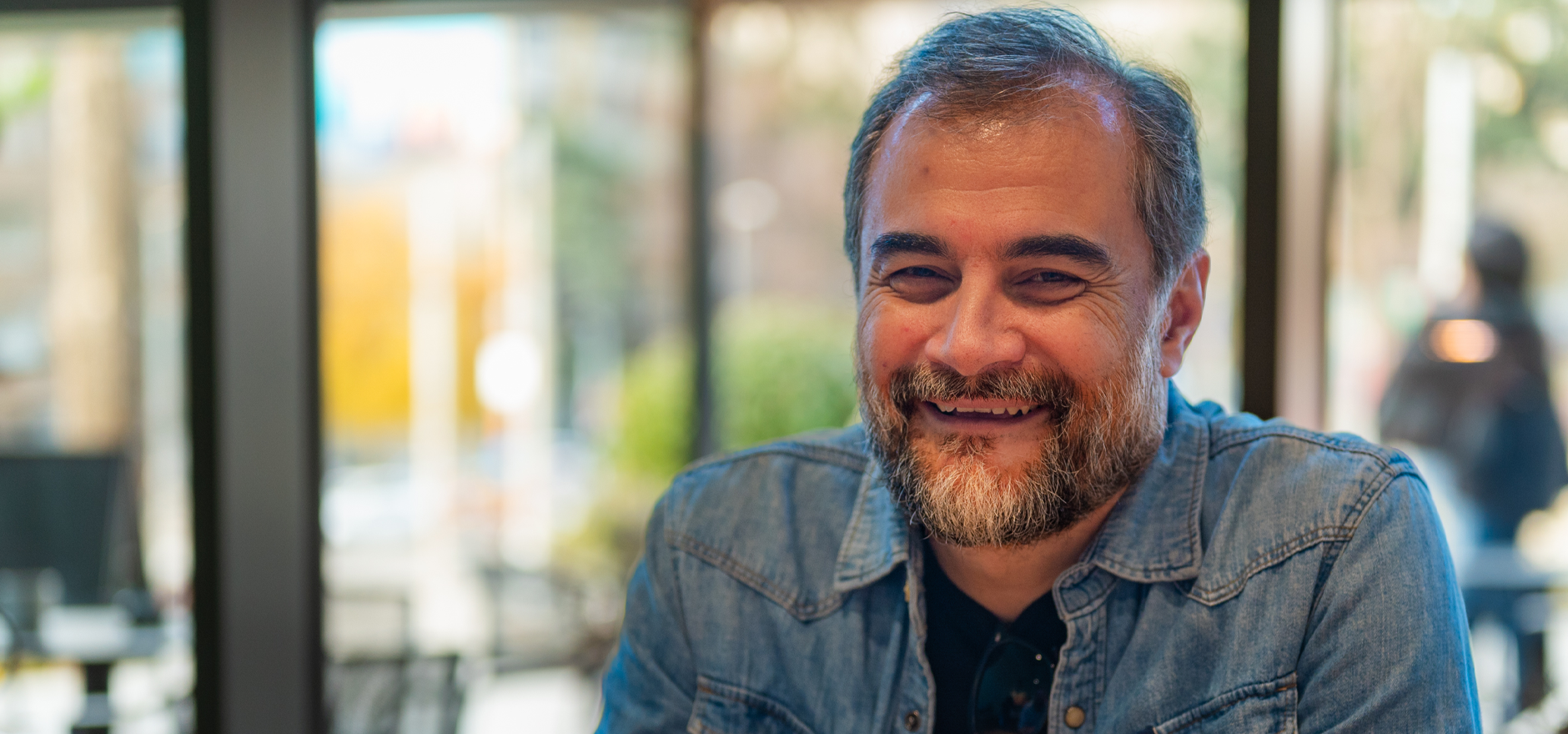Dejan Potkonjak: Chronicler of the World's Fastest Circus
When he was a kid, he caught the "car fever," paving the way for his career as an editor for Top Speed and AutoBild, as well as his role as co-host of Lap76, the most popular automotive podcast in the region. In an interview for 011info, Dejan Potkonjak reflects on his childhood spent between Zemun Polje and Strahinjića Bana Street, reveals which automotive icon got him hooked on fanatically following Formula 1 as a young boy, and talks about how he ended up at Večernje novosti in the 1990s, covering KK Partizan as a fan of their rival Red Star Belgrade and the golden era of the national basketball team.
Where did you grow up in Belgrade, and what are your first memories of that area?
I was born in the heart of Zemun in 1971, and after a while, as was typical, my parents had the chance to choose between two apartments: one in Block 45 and the other in Zemun Polje. Since my mom had the final say, she chose Zemun Polje because she heard the New Belgrade apartment would be in a high-rise on a double-digit floor.
As for Zemun Polje itself, it was a cozy neighborhood, and from this perspective, I realize how lucky I was to grow up in a place where we had complete freedom. We could do whatever we wanted: explore, wander, play... I met wonderful people there, including two who later became my godfathers.
I also spent a lot of time at my grandparents’ house in Strahinjića Bana Street, where my father was born. I would typically go there every weekend so my parents could take care of their obligations, but I didn’t mind at all.
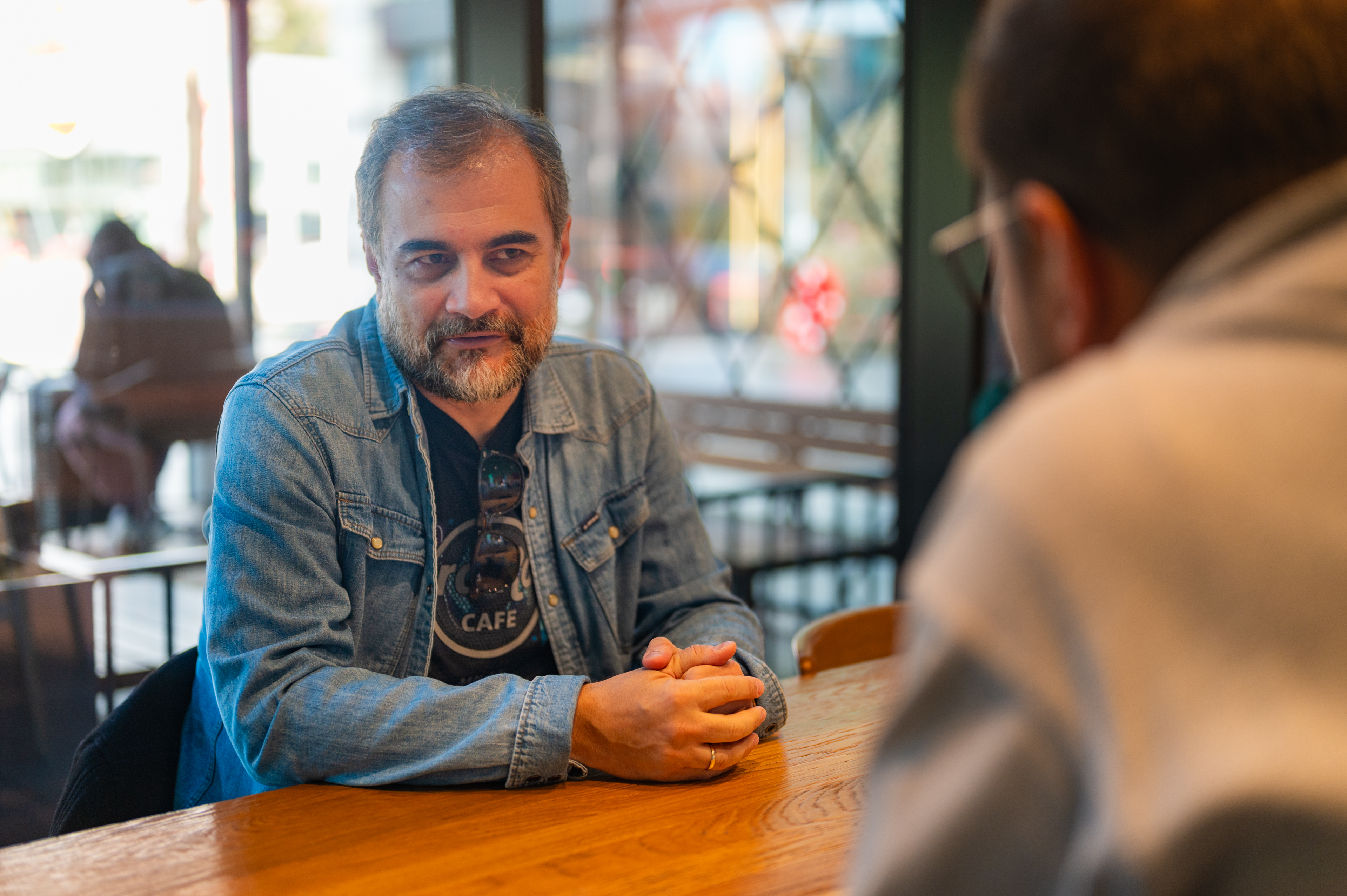
Strahinjića Bana Street has changed a lot today.
Absolutely. Back then, it was a street free of cars, without cafes, with a tunnel of linden tree canopies, offering a unique sense of freedom and safety. Nobody had to worry about anything happening to you.
Of course, just like every neighborhood had its boundaries, so did ours—you wouldn’t go beyond the tracks in Cara Dušana Street. But unlike Zemun Polje, which was flat as could be, here you had Kalemegdan Fortress, where you could enjoy winter activities like sledding.
Overall, like the character Bane Bumbar, I constantly crossed the bridge, moving between Zemun Polje and Strahinjića Bana, so I didn’t have the stigma about crossing to the "other side" of the river that was prevalent among many people from Zemun at the time.
How did you spend your free time in Zemun Polje?
With plenty of sports, bike rides, and trips to the Danube, which, I can confidently say, became my river. Even today, when I find myself there, the view of the horizon fills me with peace.
Back then, movie theaters were the main hangout spots. Jugoslavija near the old Mercator, Sloboda in Zemun, and if we crossed the bridge, we’d go to Odeon, Kozara, or Zvezda—and so on in rotation. When we discovered Sava Center, we were amazed. I still vividly remember watching Flashdance on the big screen, with the music booming through the hall—an unforgettable experience.
When I reached the upper grades of elementary school, I started training in athletics with the Zemun club Mladost. That led me to spend a lot of time in the Upper Town area and at the City Stadium, our home base for training. Before long, I fully dedicated myself to the sport, training twice a day.
During the winter months, we trained at Marakana (Red Star Stadium), as our club had a collaboration with AK Crvena Zvezda. That period of my life was marked by stadiums—Zemun’s stadium, Marakana, and even the JNA (Partizan Stadium), where competitions were held. I spent more time at those places than anywhere else.
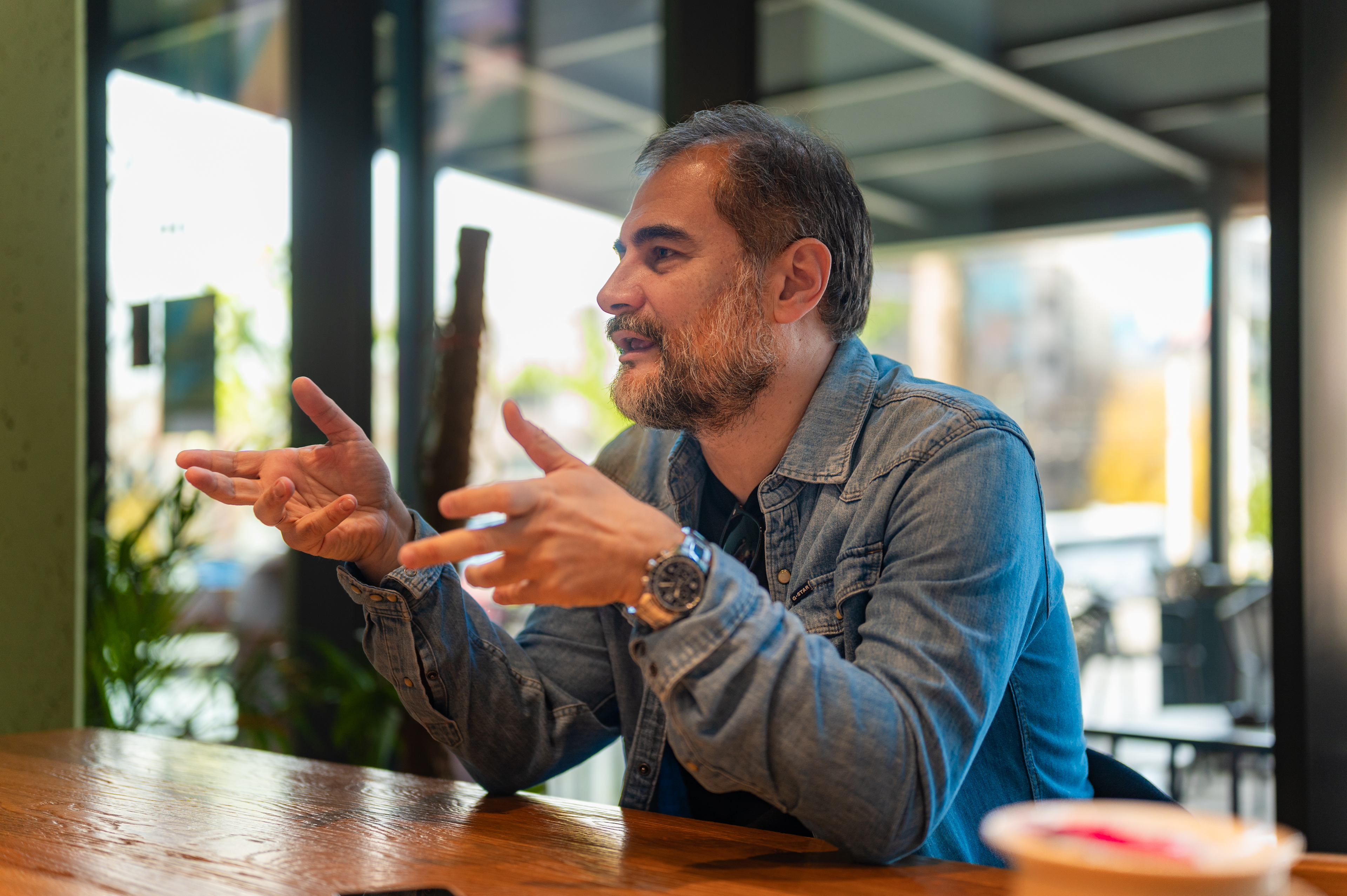
Did you attend football matches?
Of course. I've been a Red Star Belgrade fan since childhood, and my father took me to my first match around October 1977. I think Red Star played against Olimpija and won 5-1. What left the deepest impression on me that day was entering the stadium. I vividly remember the eastern gate and the surreal view of the green grass illuminated by the stadium floodlights.
All in all, my childhood and teenage years revolved around Zemun, Strahinjića Bana, the Danube, the Zemun stadium, and the quay. Today, when I visit those places, they are almost unrecognizable and don’t align with the scenery etched in my memory. In fact, some places I can't even associate with their original mental image. However, when I do recognize a place, a sense of calm washes over me, and memories of beautiful moments in life come flooding back.
How did you start following Formula 1?
When I was five years old, in 1976, Niki Lauda’s car caught fire at Nürburgring, and I pestered my father with questions about how a man could survive after being engulfed in flames in the cockpit. Back then, Formula 1 races were broadcast sparingly, almost in drips. You’d learn more from magazines, and even then, only if relatives or family friends brought them from abroad.
My fascination with the world's fastest sport was heightened by the semi-documentary Italian film Febbre della Velocità (Racing Fever), shown at the Jugoslavija cinema. The film brutally depicted the 1976–1977 Formula 1 seasons. That was when my obsession with motorsport began, and it still hasn’t let go.
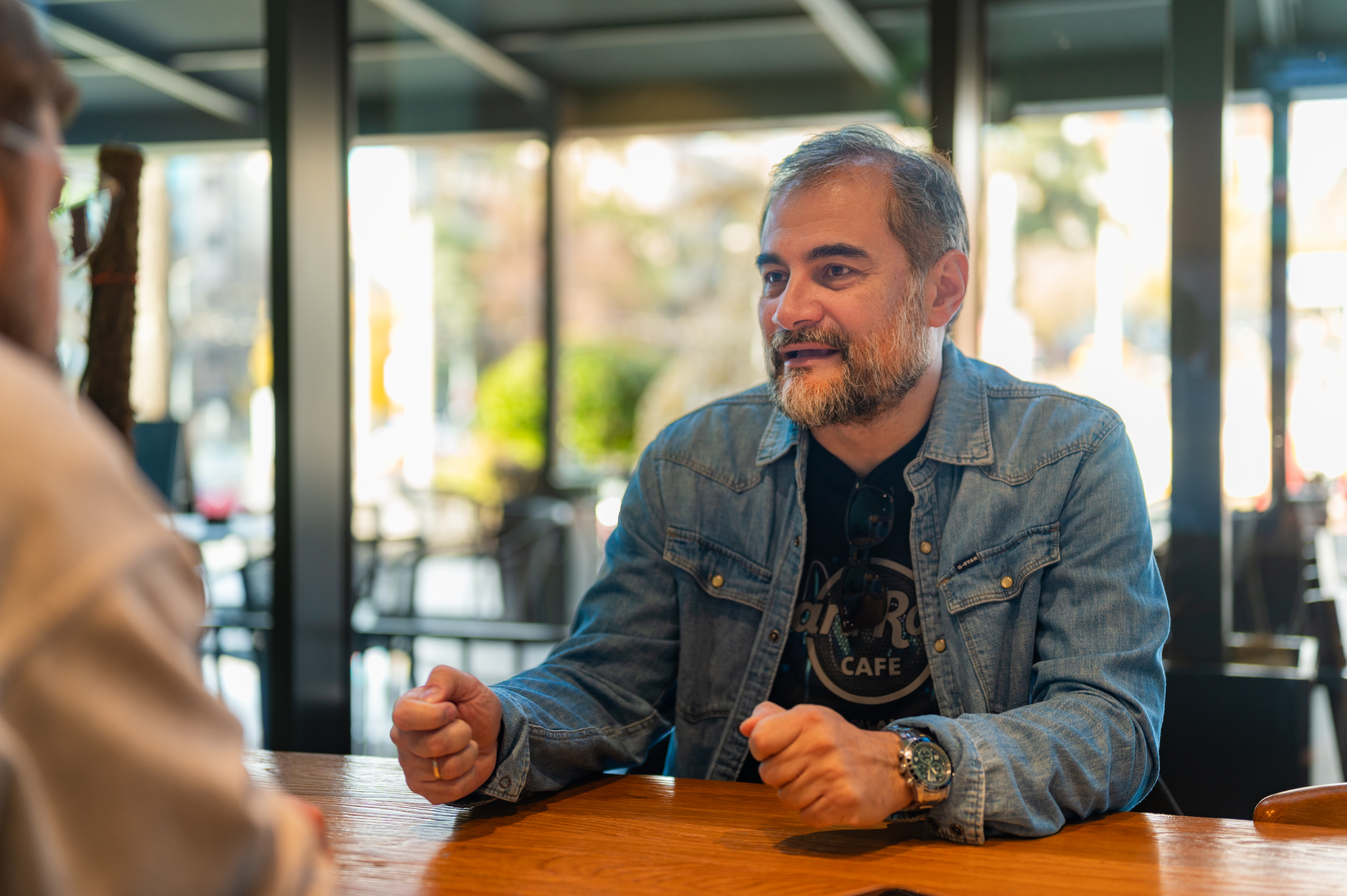
When your twenties, a typically exciting period of life, were about to begin, you found yourself in the 1990s. How do you remember that time?
I recently talked about this with friends and recalled that the prevailing theme of that era, particularly 1990 and the years that followed, was darkness. Setting aside the previous material prosperity in the country, which was never my priority, there was no sense of freedom or opportunities for unrestricted work and exploring new interests.
At the same time, I had the misfortune of being in, as I see it, the last generation of the Yugoslav National Army (JNA) to experience war in its truest sense—a concept that had been unimaginable just a few years prior. My saving grace was being stationed in Užice, which spared me from direct involvement in the war. Still, the psychological pressure was immense, and I eagerly awaited my return to Belgrade.
The light that began to pierce through that darkness was my job at Večernje novosti. I quickly found myself caught up in the whirlwind of daily news, dealing with topics I had never dreamed of covering.
How did you find your way into journalism?
Quite accidentally, to say the least. My life had always revolved around the natural sciences—I attended an electrical engineering high school and later the Faculty of Science (PMF). But everything changed when my future best man, who was studying Yugoslav literature, invited me to accompany him to a Večernje novosti contest for young collaborators.
To be clear, I’ve always loved reading, not just literature but magazines as well. I also enjoyed watching TV and, of course, following sports. I was curious to see what went on behind the scenes and how all this content was created.
After a few months, my friend decided to return to university to finish his studies, believing that the editorial workload took up too much precious time. Meanwhile, my life turned upside down—I fell in love with journalism. So, in 1994, I began working in the Belgrade newsroom of Večernje novosti.
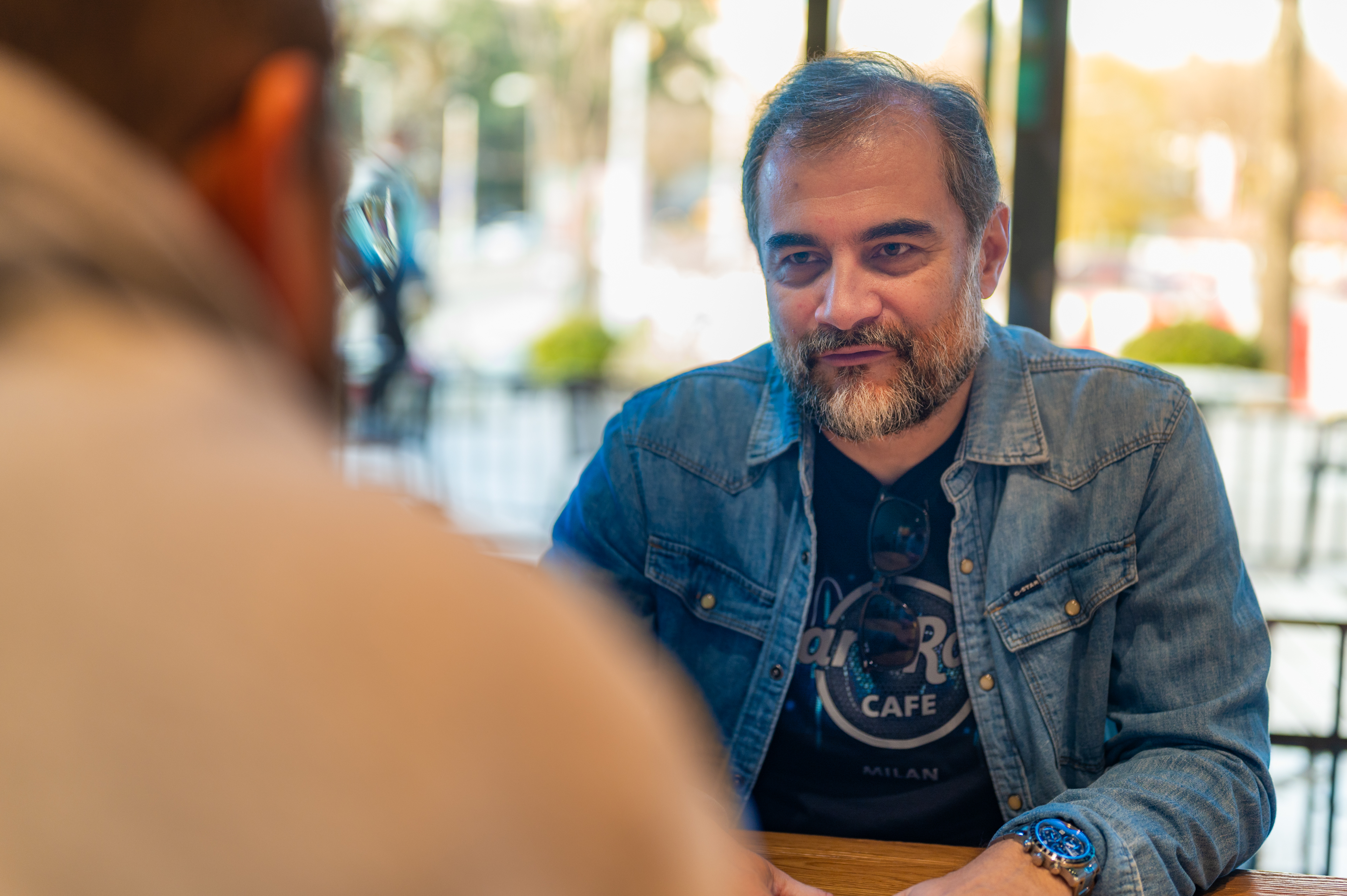
What were those early days in journalism like?
You see, that Belgrade newsroom was a big school, with seasoned journalists and editors. My first article was about weapon prices in the city. I was assigned tasks I wasn’t particularly thrilled about, but I believed that if I performed well, I might get the chance to work in the sports section I so desired. I set myself deadlines for achieving this goal and resolved to return to PMF if I failed.
However, in that pivotal year of 1994, Ayrton Senna, one of the greatest Formula 1 drivers, tragically passed away. That tragedy inspired me to write a few articles voluntarily, which fit into the margins of the Belgrade section, such as a visit to the Brazilian embassy to sign the book of condolences.
My editors recognized this proactive approach, and in return, they began assigning me work beyond my usual responsibilities. Eventually, I was entrusted with writing a preview of the season's final Formula 1 race, which would determine the champion—Damon Hill or Michael Schumacher—and reporting on the race itself, which was full of excitement.
This was the turning point, and a few months later, I received an invitation from my colleague and mentor, Predrag Mrmak, to join the sports section. Of course, there were conditions—I couldn’t exclusively cover motorsport but had to report on KK Partizan, which was quite ironic given my allegiance to Red Star.
Regardless, it seemed like a fantastic opportunity to advance in journalism, so I decided to approach it professionally and seize the chance. And it was a serious challenge.
In the meantime, I set aside my studies at PMF and turned to graphic design instead of journalism, somewhat arrogantly thinking I had already mastered the latter. I was also curious about how my colleagues across the desk laid out the newspapers. This graphic design knowledge later proved valuable when I became an editor for specialized magazines.
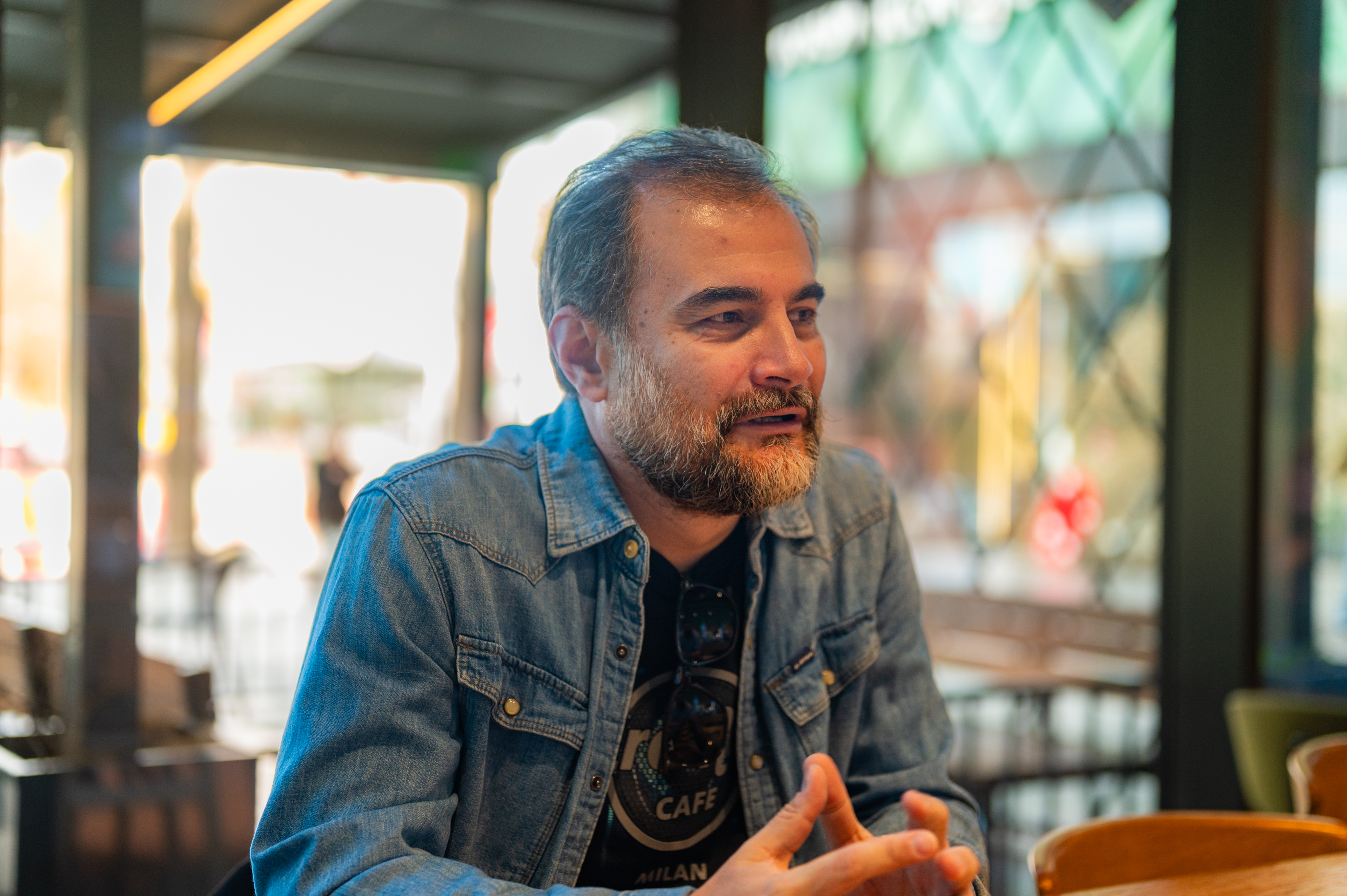
You also covered the national basketball team.
That’s right. For the next five years, I reported on major tournaments where the Yugoslavian, SCG, and SRJ national basketball teams competed. In 1995 (Athens) and 1996 (Atlanta), I reported from Belgrade, but from 1997 onward—Barcelona, Athens in 1998, and Paris in 1999—I was on-site. It was a unique privilege, especially considering how fruitful those years were for our basketball.
I’d highlight 1995 in Athens when the team reunited for the first time after sanctions and achieved a historic success, crowned by a spontaneous balcony celebration. It was my first experience with direct reporting. The following year, I again reported from the newsroom, where my photographer colleague Nebojša Paraušić and I had the honor of being the first to use Reuters’ photo service, resulting in colorful spreads in Večernje novosti.
In Barcelona in 1997, Nebojša carried a Polaroid negative scanner, and we’d stay up until 3 or 4 a.m. scanning and sending materials to colleagues in Belgrade. In 1998, in Athens, I had a rudimentary laptop full of viruses, reporting from the Peace and Friendship Stadium, from a makeshift booth behind the basket.
Ultimately, those five years were filled with countless cherished memories—both on and off the court. Unfortunately, there were darker moments too, such as the murder of Haris Brkić. Yet, it was an extraordinary time covering Partizan, Beobanka, Radnički, and FMP during the highly competitive YUBA League. Even today, my Partizan friends insist that, based on my articles, I must secretly root for the black-and-whites—a testament, I believe, to my professionalism.
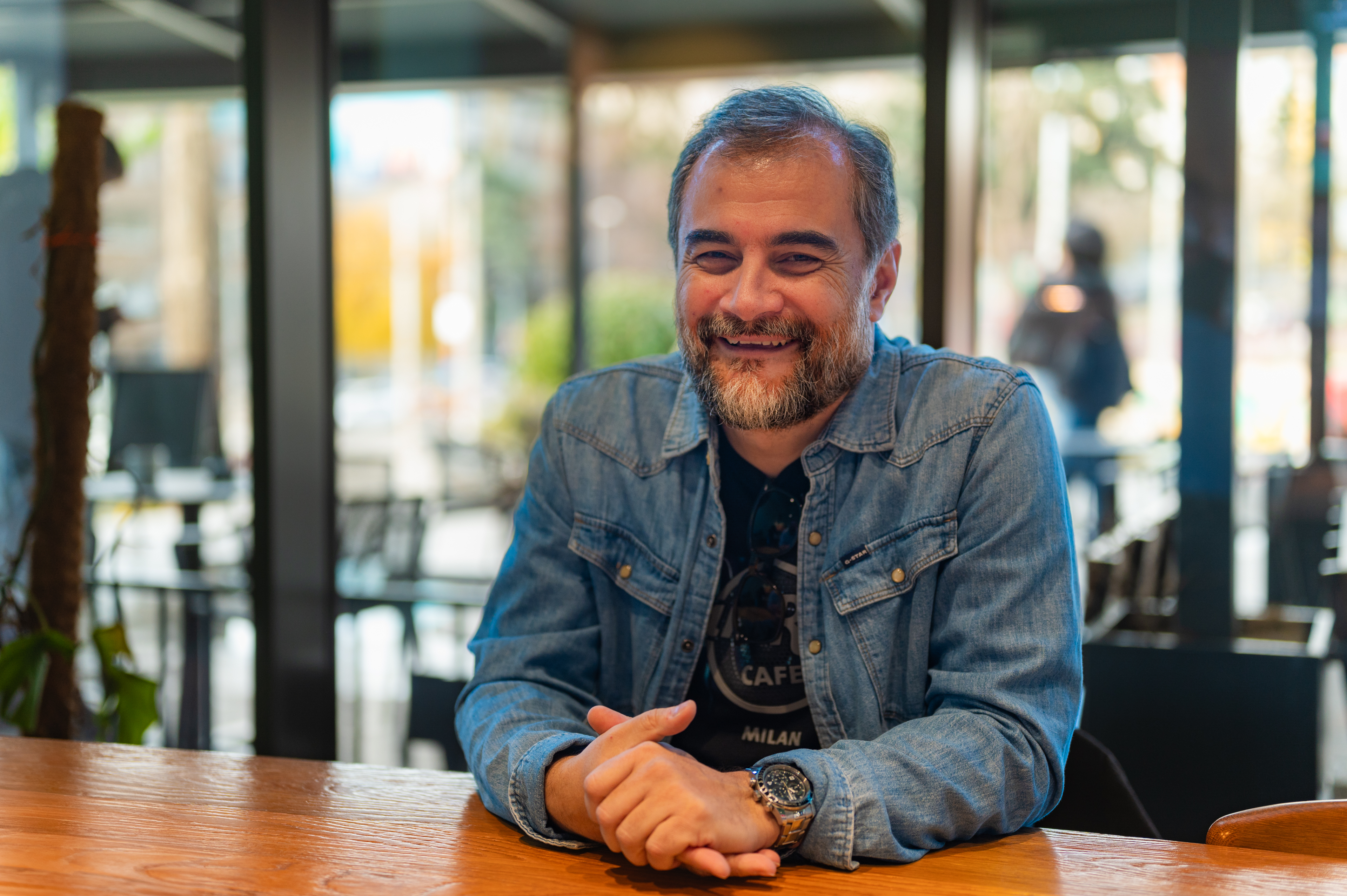
Does your love for motorsport still burn bright?
Absolutely—it’s still my first love. I became more dedicated to motorsport when I was invited by Vladan Slavković, the editor of Top Speed, to collaborate with the magazine starting from its third issue. At the same time, I continued working at Večernje novosti, which approved because there was no conflict of interest since they didn’t have anything similar in their portfolio.
Eventually, I fully transitioned to Top Speed and became editor-in-chief in 2008. I spent almost 15 years at Novosti, which gave me invaluable experiences. Working for a daily paper meant you never really knew when your workday would end or what challenges you’d face next.
Thanks to that job and covering sports events, I got to know every corner of Belgrade intimately, as I always chose to walk to my assignments. For example, I’d walk from Nikola Pašić Square to Pionir Hall for a Partizan game or to Šumice for a Radnički match. My favorite route, however, was heading from work to Ušće and the Hotel Jugoslavija, which we now talk about in the past tense. If there was no transportation, I didn’t hesitate to walk further to Karađorđev Square or Muhar. Even today, when recording podcasts at the Infinity Lighthouse studio in Svetogorska Street, I enjoy walking back to my home in Konjarnik.
You’ve also written a book about Ayrton Senna. How did you become an author?
It happened quite by chance. In 2011, I received an invitation from Ringier to be the editor of AutoBild, whose license they had acquired. Anyone in automotive journalism knows what this renowned magazine represents, and after some consideration, I decided to accept the offer.
AutoBild had a tradition of giving away special items to readers. Since Blic operated under the Ringier umbrella, publishing director Jelena Milošević suggested we create pocket-sized booklets on automotive topics. I proposed a booklet about Ayrton Senna to commemorate 20 years since his passing. She agreed, and I got to work.
The biggest challenge was condensing the material I had collected over the years into a pocket edition. Then it occurred to me to create a book that felt like an extended journalistic article. Since I never saw myself as a writer, it turned out to be a great idea—a text that would be accessible to those unfamiliar with Formula 1 or Senna while potentially inspiring them to learn more about him and his achievements.
The edition was well-received, and soon I was cautiously asked if I could write more. Unfortunately, the next topic was dictated by tragedy—Michael Schumacher’s skiing accident, which left him in a critical condition still debated today. I suggested we create a piece about him as another legend of Formula 1. This second booklet was published and became the last under Ringier’s publishing arm.
Later, I became a co-host of the Lap76 podcast under Infinity Lighthouse, an idea by Srđan Erceg. During one episode, we discussed the booklets I had done for AutoBild. Srđan, as quirky as ever, suggested we republish them.
This time, I wanted to produce them with higher quality, which we achieved. I expanded the original content, and we launched an automotive publishing venture. Recently, we published a book about the man who sparked my love for Formula 1—Niki Lauda.
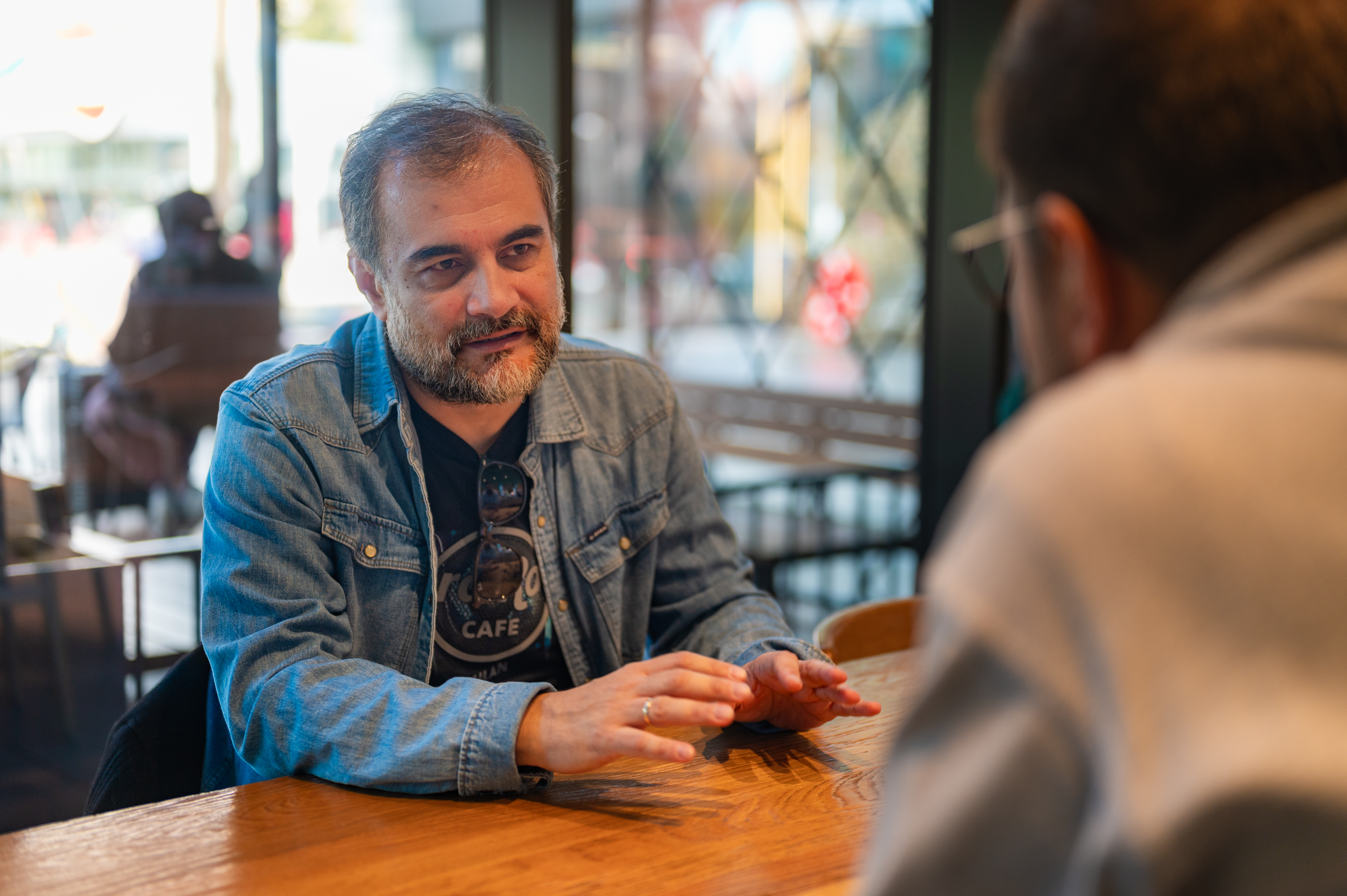
You’ve been in the media for decades. How have they changed over the years?
When I started in journalism, there were only a few daily newspapers: Politika, Večernje novosti, Sport, Sportski žurnal... When you introduced yourself as a journalist, people rarely turned you away. There was a certain respect for the profession, which isn’t surprising given that Novosti had a daily circulation of over 300,000 at the time. Today, even if you combined all daily papers, I doubt they could reach that number.
That’s not to diminish the work of today’s journalists—they do an incredible job—but everything now revolves around content optimization. Back then, you needed to produce high-quality articles, and with an appealing headline, you might even land on the front page. To work in key editorial offices, you had to go through rigorous selection processes.
Now, the approach to media has shifted significantly. We’re in an era where virtually anyone can create and develop their own media platform—it’s just a matter of how professionally and consistently they manage it.
That’s how Srđan Erceg ventured into podcasting with Infinity Lighthouse, and it’s how I got involved as well. To be honest, podcasts were completely foreign to me before that. But when someone with decades of experience in digital media guides you through the process, it becomes much easier to navigate.
I was never someone who willingly appeared on camera—I’m more of an introvert, as my close friends can confirm—but podcasts are a format where you publicly express your thoughts on a given topic. In Lap76, we focus on motorsports, a subject close to my heart. Over time, I became more comfortable and eager to discuss it. Today, recording podcasts feels as calming as my walks through Belgrade.
Our success is evident in last year’s collaboration with UNESCO, which appreciated how we expressed our views, tackled topics, and engaged the community.
What are your future plans?
Some friends pitched an idea related to developing an app, so I’m currently exploring that area since I’ve never been deeply involved in the IT world. Podcasts and publishing projects still excite and fulfill me, especially when we attend fairs and connect directly with the audience.
It’s encouraging to see how much young people enjoy reading, as we witnessed at our stand at the Belgrade Book Fair, as well as in Zagreb and Sarajevo.




 13 ℃
13 ℃
